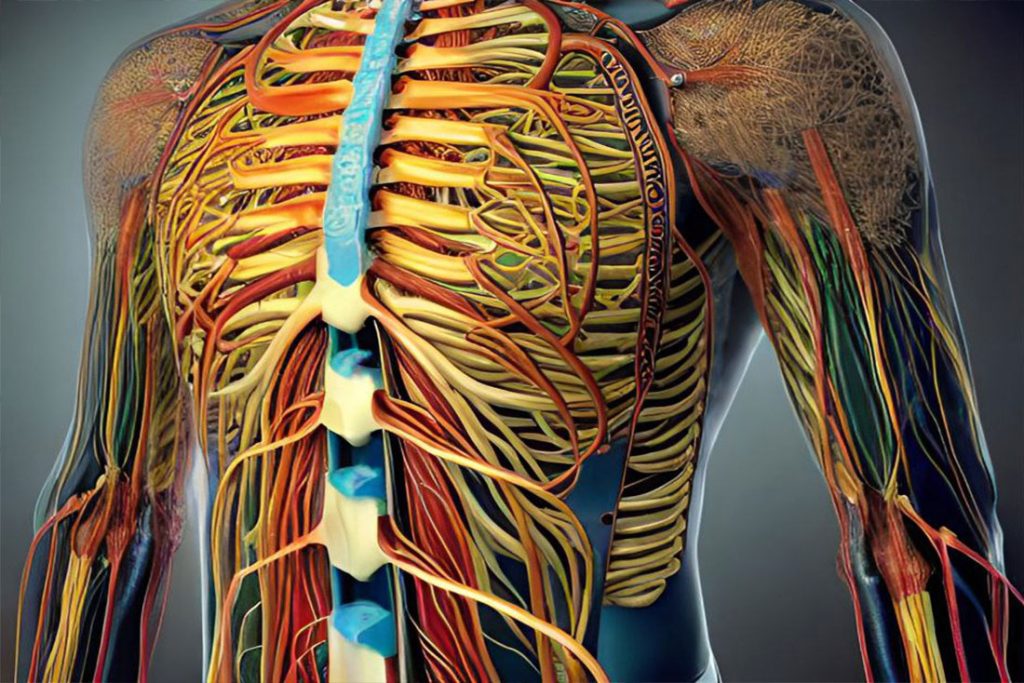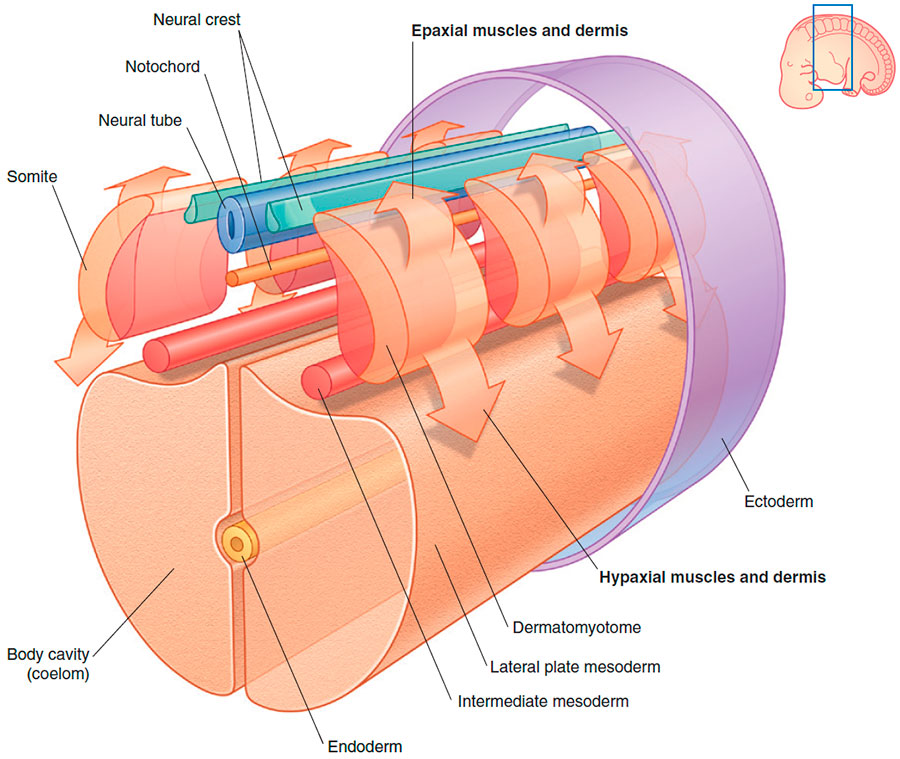The Somatic Part of the Nervous System: Sensory Perception and Voluntary Muscle Control
The somatic part of the nervous system plays a crucial role in sensory perception and voluntary muscle control. It consists of nerves that carry conscious sensations from peripheral regions back to the central nervous system (CNS) and nerves that innervate voluntary muscles. This article delves into the organization and functions of the somatic part of the nervous system, highlighting its role in sensory information processing and motor control.

Nervous System
I. Development and Organization
During embryonic development, the somatic nerves arise segmentally along the developing CNS in association with somites, which are arranged segmentally along each side of the neural tube. The differentiation of cells within the dermatomyotome (part of each somite) gives rise to skeletal muscle and the dermis of the skin. The migration of these cells leads to the formation of hypaxial muscles (limbs and trunk) and epaxial muscles (intrinsic back muscles). Simultaneously, neural crest cells differentiate into neurons and extend processes both medially and laterally, connecting with the differentiating regions of the adjacent dermatomyotome.

II. Somatic Sensory Pathways
Somatic sensory neurons, also known as general somatic afferents (GSAs), carry sensory information from the periphery into the CNS. They transmit modalities such as temperature, pain, touch, and proprioception—the sense of determining the position and movement of the musculoskeletal system. Proprioceptive information is detected by specialized receptors in muscles and tendons. Sensory ganglia, formed by clusters of sensory nerve cell bodies derived from neural crest cells, are located outside the CNS. Sensory information is transmitted into the posterior aspect of the spinal cord.
III. Somatic Motor Pathways
Somatic motor fibers, referred to as general somatic efferents (GSEs), carry motor information away from the CNS to skeletal muscles. These fibers are responsible for voluntary muscle control. Similar to sensory fibers, somatic motor fibers can be very long, extending from cell bodies in the spinal cord to the muscle cells they innervate.
IV. Sensory-Motor Integration
The somatic part of the nervous system plays a crucial role in the integration of sensory and motor functions. Sensory information detected by somatic sensory neurons is processed within the CNS, leading to motor responses mediated by somatic motor neurons. This integration enables coordinated voluntary movements and precise motor control.

The somatic part of the nervous system is essential for sensory perception and voluntary muscle control. Through the intricate network of somatic sensory and somatic motor fibers, it enables the transmission of conscious sensations from the periphery to the CNS and the execution of voluntary movements. Understanding the organization and functions of the somatic part of the nervous system provides insights into the complex interplay between sensory input and motor output, contributing to our understanding of human physiology and movement control.












